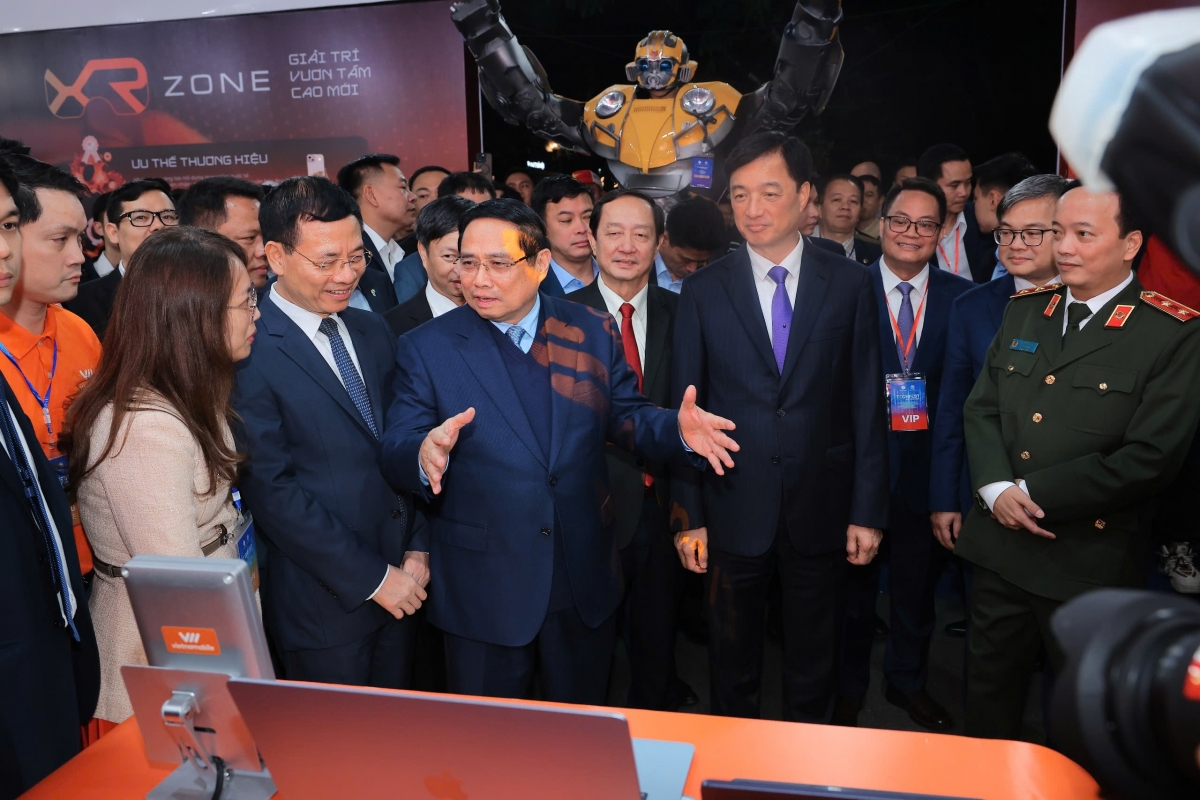INTERNATIONAL INVESTMENT
AND PORTAL
Technology is transforming tax management in Vietnam, enhancing transparency and compliance. The adoption of advanced data analytics and digital tools is essential for efficient tax administration and fraud prevention. As businesses navigate these changes, it is crucial to stay informed and adapt to new regulatory landscapes effectively.
 Nguyen Thanh Trung, leader of PwC’s Tax and Legal Practice in Vietnam
Nguyen Thanh Trung, leader of PwC’s Tax and Legal Practice in Vietnam
Vietnam’s rapid digital transformation is reshaping its economy, with over 78 million internet users accounting for nearly 80 per cent of the population. The digital economy is projected to reach $43 billion by 2025, doubling 2021 figures. This significantly impacts various sectors, including tax management, where nearly one million enterprises and 27 million individuals have taxable income.
In response to the digital surge, Vietnam has implemented substantial regulatory changes, including regulations on e-commerce, e-invoices, and personal data protection. The tax authorities in Vietnam are leveraging advanced data analytics and digital tools to enhance tax management efficiency, minimise budget losses, and increase transparency.
For instance, the General Department of Taxation is deploying a digital map of business households and operating a data analysis system and electronic invoice management system based on digital analysis. These initiatives aim to strengthen tax management, control invoices, prevent and combat tax refund fraud, and quickly detect other cases of fraud.
On a global scale, technology has driven significant changes, with the two pillar initiatives of the Base Erosion and Profit Shifting project being a prime example. The global minimum tax Pillar 2 aims to curb tax avoidance by ensuring multinational enterprises pay a minimum level of tax regardless of their operational base, marking a fundamental change in global tax regulations.
To comply with these new rules, companies must disclose their global income and taxes paid. Cutting-edge technological tools are indispensable in this process, meticulously tracking and analysing complex financial transactions to guarantee accurate profit reporting and taxation in line with these new global standards.
To adapt to these changes, companies need a clear roadmap for technology investment. This includes stages like automated data management, robotic process automation, analytic process automation, and digital tools. For example, models for dealing with the rules and draft disclosures of Pillar 2 can assist in automating the creation of these required documents, and generating initial drafts that tax professionals can then review and finalise.
Companies must invest in upskilling their staff to effectively leverage off new technologies. Training employees to use advanced data-driven technologies ensures that the workforce can adapt to and benefit from technological advancements.
For a successful technology transformation, it is imperative that tax departments and the C-suite are closely aligned. This synergy ensures that data-driven technologies are effectively utilised, regulations are meticulously followed, and resources are efficiently allocated. By integrating tax functions with broader business objectives, companies can achieve greater coherence and operational success.
Incorporating environmental, social, and governance principles into tax strategies is also becoming increasingly important. Transparency mandates now require businesses to align their tax practices with these commitments, not only to avoid penalties but also to take advantage of tax incentives. This integrated approach enhances regulatory compliance and fosters a sustainable and socially responsible business model.
Technology is not intended to replace the workforce, but to complement it by saving time and boosting efficiency. The integration of digital tools is designed to support human efforts, streamlining processes and enhancing productivity. However, human expertise remains indispensable for interpreting and validating the outputs generated by these advanced technologies. By harmonising technological advancements with human insight, businesses can achieve a more effective and accurate approach to tax management and other critical functions.
The future of tax management in Vietnam looks promising, with the support of technology. These advances are transforming how businesses comply with regulations and manage their tax liabilities and reporting. Embracing technology is essential for the future of tax management in Vietnam, ensuring transparency, efficiency, and strategic alignment with broader business goals.
By Thanh Trung



















